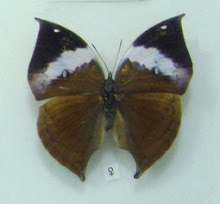an example: tractors have replaced buffaloes in part of the rice plains of north java. this makes some sense because it saves significant human labour costs. it does mean, however, that the free fertilizer of buffalo dung and urine is no longer available, and more has to be spent on inorganic fertilizers. herding buffaloes when not working is generally done by young children in exchange for pocket money, and if buffaloes are not used then this source of income is lost. there are other problems. tractors disrupt the soil structure, and this has adverse affects on water retention and yield, whereas the trampling by buffaloes damages weeds, improves water retention, and produces ideal conditions for planting out the rice seedlings. the wallows used by buffaloes are important as refuges for aquatic animals during the periods when the rice fields themselves are dry. some of these animals will play roles as predators on pests, and the greater the distance from a refuge to a rice field, the smaller the likelihood of it being recolonized when flooded. the wallows are also used by rat snakes, otters, and monitoring lizards. the rat snake, as its name suggests, preys on rats and mice, while the lizard and otter prey on the freshwater crabs which weaken and destroy the sawah bunds...
TONY WHITTEN
THE ECOLOGY OF JAVA AND BALI
THE ECOLOGY OF JAVA AND BALI

No comments:
Post a Comment